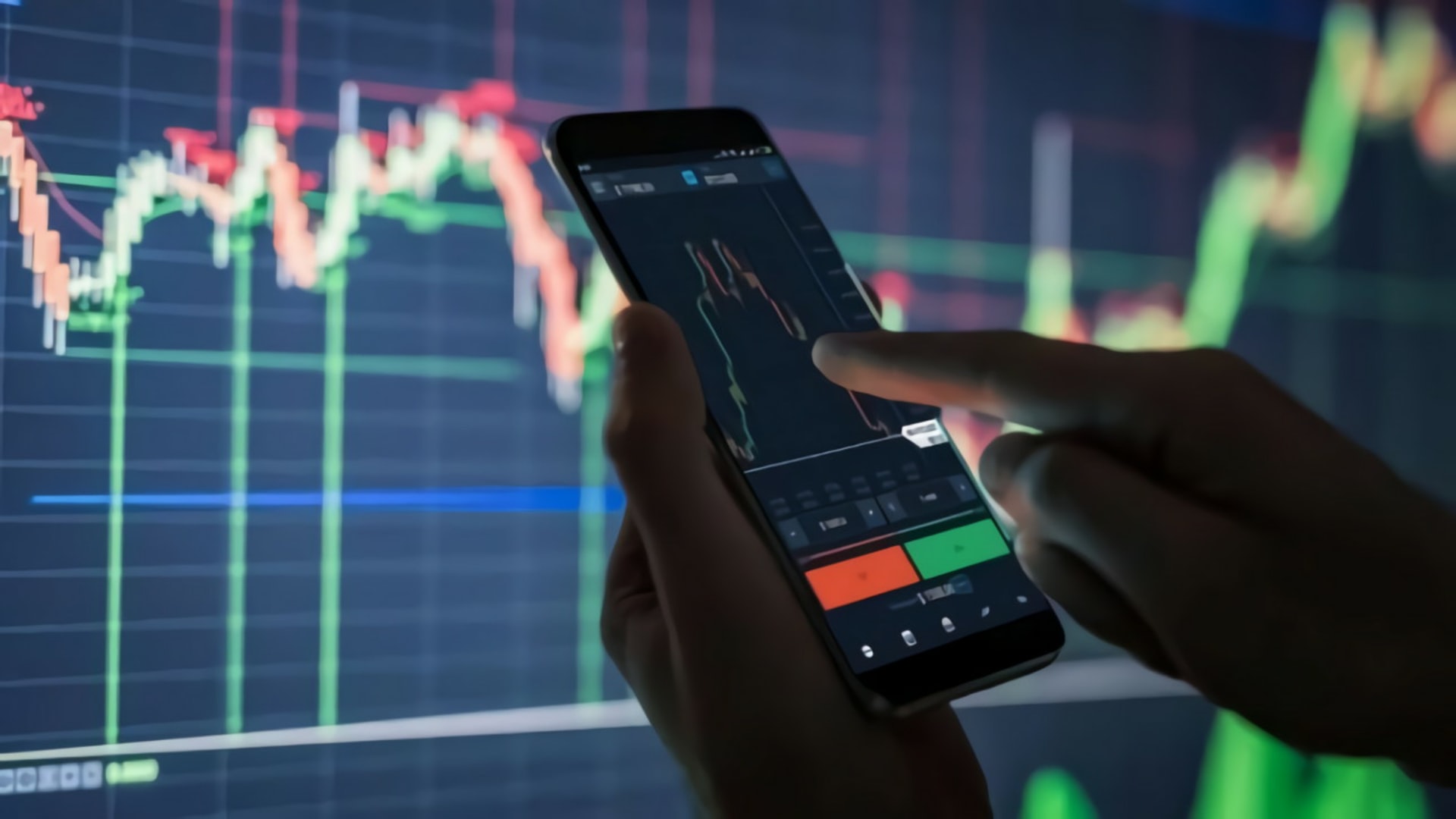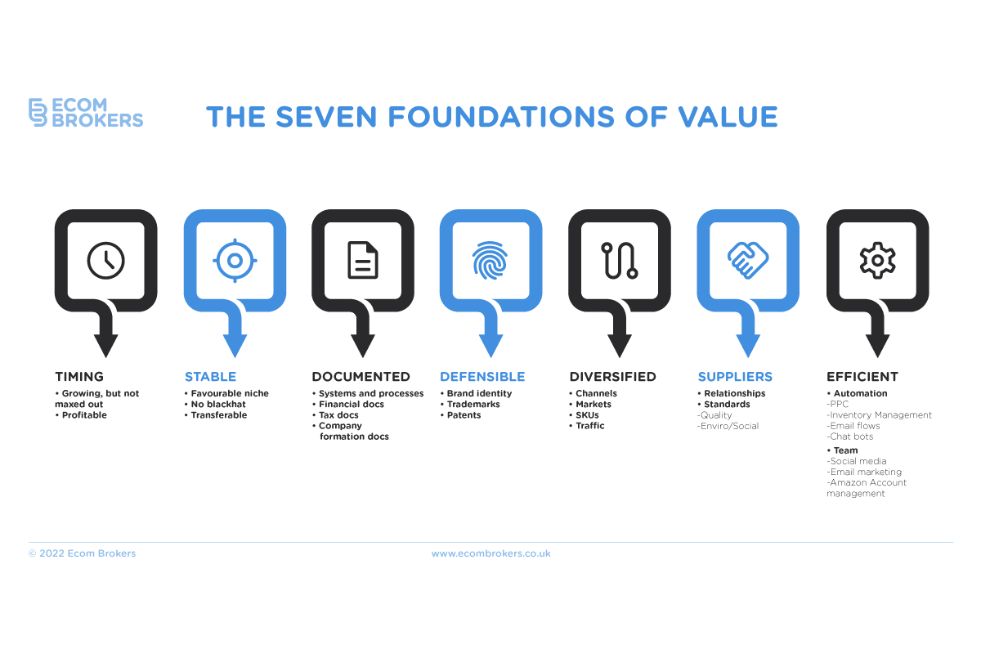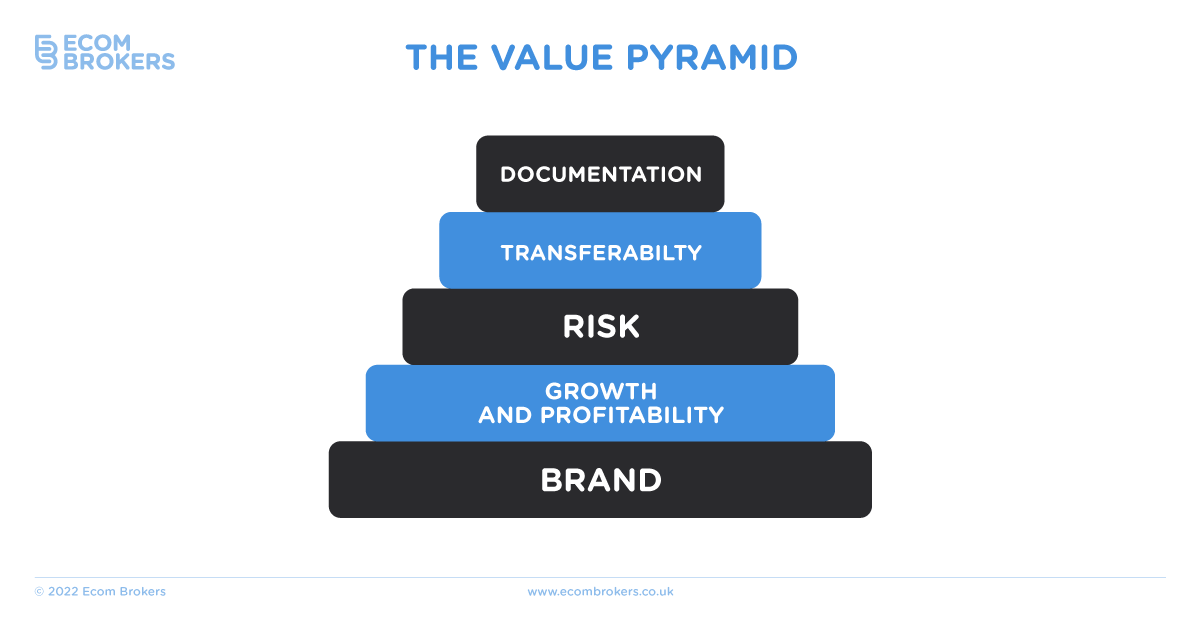
What Is SDE? Seller’s Discretionary Earnings Explained In Full
When you start to think about selling your e-commerce business, one of the first questions you’ll have is “how much is my business worth?”. One of the biggest factors that will determine your potential number is something often referred to as SDE.
But what is SDE? And why is it so important?
In this article, we’ll break down the meaning of SDE. We’ll also help you understand how it affects the potential value of your business.
What is SDE and what does it mean for business owners?
The meaning of SDE is Seller’s Discretionary Earnings.
In short, this is the amount of money that a business owner can realistically expect to take home from their business after all expenses have been paid.
This figure is different from the net profit of a business which will be calculated after taking into account expenses incurred that a new owner may not necessarily run through the business.
For example, if the business owner is taking a salary this would be included in the expenses of the business and reduce the net profit.
However, the nature of an owner’s salary means that the owner will be the beneficiary of this cash flow and as such the figure would then be included in a Seller’s Discretionary Earnings calculation.
What is the purpose of SDE?
The purpose of SDE is to give potential buyers an idea of what they can expect to cash flow from the business if they were to purchase it.
It gives them a clear view of the actual income a business is able to provide once purchased, and as such plays an important role in the valuation process.
SDE vs EBITDA
One common mistake that business owners make is confusing SDE with EBITDA.
EBITDA stands for Earnings Before Interest, Taxes, Depreciation, and Amortization.
While both SDE and EBITDA are measures of a business’s profitability, they are not the same thing.
The biggest difference between the two is that SDE takes into account the discretionary expenses that a business owner pays, while EBITDA does not.
EBITDA is generally used to evaluate larger businesses and helps compare two businesses side by side. Small businesses tend to lean more towards SDE as a means of calculating the value of a business.
How is SDE calculated?
To calculate your business’s SDE, you’ll need to add up all of your business’s income and then subtract any expenses that are not absolutely necessary for the business to function.
This includes things like:
- Owner’s remuneration
- Rent payments for home office
- Car payments
- Charitable donations
- Owner’s business travel expenses
- Mobile phone or computer expenses
These costs that the seller incurs at their discretion – but that any new buyer will not take on after the sale – are often called add-backs.
Calculating SDE is a process of subtracting all add-backs from the net profit of a business to determine owner cash flows.
Identifying this non-operating income and including them in SDE calculations is a very important step in maximizing the full potential of your eCommerce asset, and as such, it is highly recommended to speak to an expert to help with the process.
What expenses can’t be classified as add-backs?
It will come as no surprise that not every expense in running your business can be included as an add back to increase seller’s discretionary earnings.
Some examples of expenses that a buyer would need to inherit and therefore can’t be included in SDE calculations are:
- Cost of goods sold
- Marketing & promotional expenses
- Sales tax
- Employee’s medical insurance
- Employee’s travel expenses
- Warehousing expenses
Why is SDE important when selling a business
There are a few reasons why SDE is so important for eCommerce business owners.
For one, it’s one of the key factors that potential buyers will look at when considering your business.
If your business has a high SDE, it will be more attractive to prospective buyers than a business with a low SDE.
Another reason why SDE is so important is that it can help you understand what your business is really worth.
Businesses with high seller discretionary earnings are typically worth a higher multiple than businesses with low SDE because they offer potential buyers a higher earning potential.
How to improve your SDE
Improving your overall Seller’s Discretionary Earnings figure should be a goal for all business owners.
Firstly of course because it directly impacts the dollars deposited in your personal bank account, but also because every dollar of improved SDE now is often worth 4-5x in the future.
For example, let’s say you are looking to sell your eCommerce business for a 4x multiple.
That means for every $1 extra in SDE, you could earn $4 on the sale of your business, making it even more important to take advantage of every opportunity to improve SDE.
Similar to improving net profit and cash flow, there are really only two things to focus on.
Increase revenue
The first place to start is of course increasing sales volume.
This may come in the form of new product launches, new marketplaces, an increase in marketing activity, improving conversion rate, or even as simple as raising prices.
Whilst not always as straightforward as simply increasing prices by 10% across the board, higher prices can have the most significant impact on your SDE.
It doesn’t require new products, more marketing spend or more staffing – you just need to have the product quality and optimized sales platforms to ensure you can justify the price and keep a consistent volume of sales.
Decrease expenses
When owners of companies consider the multiplied impact of every dollar on their SDE it certainly encourages caution with expenditure.
A fine balance needs to be found though. Particularly for an e-commerce business whose path to fast growth is usually launching more SKUs.
Given any exit valuation will be calculated on a trailing twelve months basis, each product launch or marketing campaign needs to be carefully considered.
Invest too much capital that may take 18-24 months to produce a significant return and it may harm your SDE at just the wrong time. But allowing your business to stagnate with no new product launches or marketing endeavours is also ill-advised when looking to maximize SDE ahead of a sale.
A good exit planner will help eCommerce business owners create a roadmap for such a scenario, working with them to streamline existing expenses and plan a timeline of activities to ensure maximum value is realized.
By doing the hard work of a complete expenditure audit, brand owners are putting themselves in a position to earn the highest possible amount from the sale of their business.
Bringing It Together: An SDE Example
Now you’re up to speed with the meaning of SDE, let’s take a look at a simplified example of how it might play out for an eCommerce brand owner.
For our example, we’ll imagine a brand called YoYo Yoga is selling – you guessed it – yoga mats. They have sold $1,000,000 worth of yoga mats in the last 12 months. They’re looking to calculate SDE to understand their true value and compare themselves against similar businesses in the same industry.
- The company pays the owner a salary of $100,000
- The cost of goods sold for the year was $250,000
- They spent $100,000 on operational expenses such as shipping and fulfilment
- Also $120,000 on marketing
- They paid $500/month for the owner’s car lease
- The owner donated $1,000 to charity on behalf of the company
In this simplified scenario, the books would show a profit of $423,000 ($1m revenue, minus all above expenses.)
However, the owner’s salary, car lease, and the charitable donation would all be added back to any SDE calculation, making the SDE stand at $530,000.
This is a very basic example. In reality, there are lots of more sophisticated adjustments that can be made to boost SDE too. For example, adjusting for a reduction in COGS during the 12 month valuation period, adjusting for new products added during the last 12 months, adjustments for improved efficiencies and cost savings realised due to operation improvements…you get the idea. Basically – you need an expert!
With the amount of extra value likely tied up in the expenditure of your business, we would highly recommend seeking expert advice in order to make your money work for you and build the strongest financial future possible.
Ready to sell your business for the best possible price? Start by clicking the link below! No obligation, no hard sell. Just solid, professional advice.









